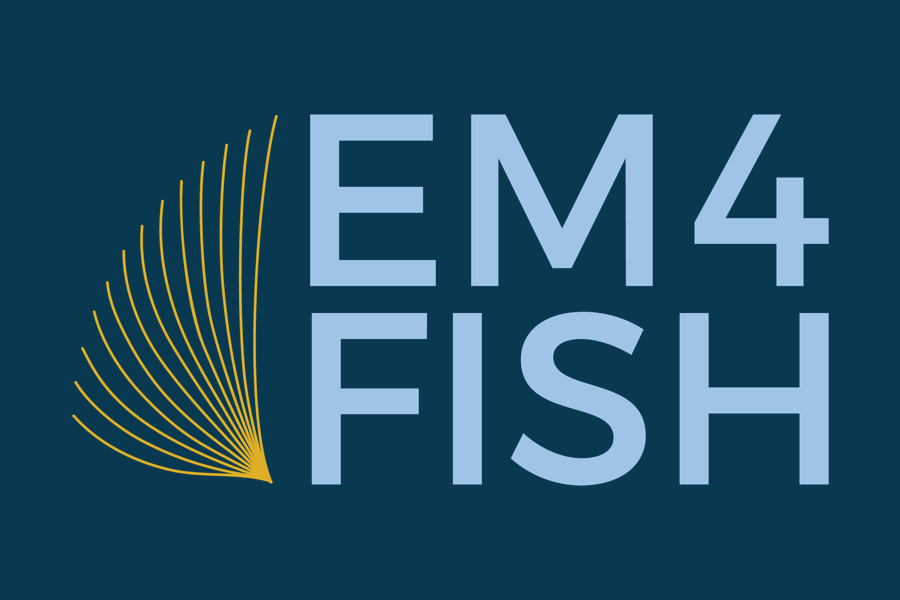This paper is available from ScienceDirect here. It was published in February, 2014.
Abstract
Mitigating the environmental impact of commercial fishing, by avoiding, minimizing and compensating for adverse effects, is core business for fisheries management authorities globally. The complex interplay of ecological, economic, and social considerations has often resulted in bycatch management being reactive, confrontational and costly. In many cases it has been difficult to demonstrate success and to establish whether bycatch management has been efficient or effective. This article proposes standards for bycatch management following reviews of literature, international agreements and Australian domestic fishery management policies, and consideration by many technical experts and several stakeholder representatives. The standards have been developed using Australian Commonwealth fisheries – and the international fisheries agreements to which Australia is party – as a baseline, but should be applicable to both domestic and regional/international governance systems. The proposed standards involve quantifying fisheries bycatch, agreeing on operational objectives, assessing the effects of fishing on bycatch populations, establishing the cost-effectiveness of mitigation measures, and evaluating performance. The standards encourage domestic management measures that are consistent with the guidance and requirements of international agreements and regional fisheries management organisations. The importance of engaging stakeholders throughout the process is recognised. The standards provide a framework for measuring performance and a checklist of actions for managing bycatch at a fishery level. They have the potential to facilitate the development of more strategic and effective approaches to bycatch management, with defined goals, monitoring systems, and adaptive decision-making. This review of past bycatch management, including the application of the proposed standards to the mitigation of shark bycatch in an Australian longline fishery, demonstrates that the proposed standards are operationally feasible but that they have not always been applied. Specifically, monitoring the performance of bycatch management measures has not always followed their implementation.

